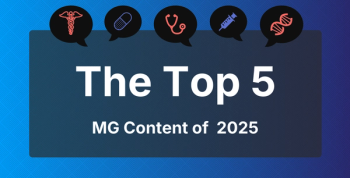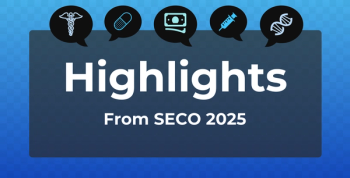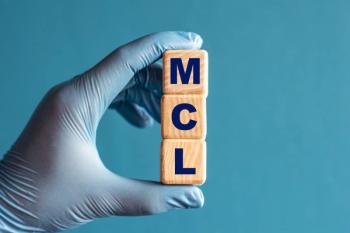
How Private Claims Data Can Power the Paradigm Shift to Price Transparency
Successful initiatives using private sector data can provide insight into what is needed to power the paradigm shift to price transparency.
Recently, the call for healthcare price transparency has been coming from the highest levels of government. In April, federal officials
One of the questions from that bipartisan group was, “How can our health care system better utilize big data, including information from the Medicare, Medicaid, and other public health programs, to drive better quality outcomes at lower costs?” One answer to that question is to look at how big data from the private health sector are already being used to improve price and quality transparency, with the aims of empowering consumers and increasing affordability. Successful initiatives using private sector data can provide insight into what is needed to power the paradigm shift to price transparency.
Powering the Paradigm Shift
It is important to realize that price transparency is a paradigm shift. It requires a fundamental change in approach, not merely surface alterations. Some studies of past price transparency efforts have concluded too quickly that consumers will not use price transparency tools or save money with them, at a time when price transparency was still in its infancy and the tools still in development. A close look at those studies shows that consumers are beginning to use the tools, but that more of a push may be needed. For example, in a
The public hunger for price transparency is clear. A
Through our own efforts in this arena, we have learned several important lessons about how to use private claims data to bring price transparency to consumers online.
Elements of a Successful Price Transparency Website
Among the elements needed for the success of a price transparency website are the following:
- Trusted data. The data powering the site must be robust, valid and objective, maintained by a source that is neutral, independent, and trusted.
- Geographic specificity. Consumers must be able to look up the procedures or services in their particular location.
- Frequent refreshes. Prices are always changing, so the data must be kept current and continuously refreshed.
- Clear context. It must be plain to consumers how the price lookup tools work and what the price results mean. For example, the site should include pop-up instructions or other informational features about the steps of the process and videos explaining how to apply results to decision making.
- Customizable data offerings to meet the needs of consumers’ plan designs. Consumers have different health plan designs, varying in such details as cost-sharing provisions and the basis for reimbursing out-of-network providers. Consumers should be able to adjust their price results accordingly.
- Educational curriculum. Many consumers know very little about how their health insurance works. For example, they may not know what a deductible or a PPO is or the difference between a narrow and tiered network. This can make it hard for them to apply price transparency results to their own situations. Therefore, the site should have an easy-to-understand educational curriculum about health insurance that avoids overly technical language and contextualizes the price transparency tools with a glossary with clear definitions of relevant terms.
- Multiple pathways to the information. Consumers have different preferences for learning. The site’s educational curriculum and overall design should encourage consumers with all learning styles to visit and explore.
- Guidance on how to assess quality. When shopping for healthcare, consumers need to know about not only prices, but also quality. Many have little experience in assessing a healthcare provider’s quality. The site should offer guidance on identifying and finding quality metrics, such as where a physician went to medical school and what year he or she graduated, or a hospital’s emergency room timeliness or post-surgery infection rates.
- Links to external resources. No single site can offer all the help consumers might need related to healthcare and health insurance. Links to external resources—both national and state organizations—can direct consumers to the help they need.
- Feedback loop. Design of the site should be guided by consumer input. After launch, there should be a way for consumers to offer their opinions about the site’s value—for example, through a survey embedded on the site. That feedback loop can fuel continual improvements to the site that meet the concrete needs of patients.
Getting the Word Out
Once all of these elements are included in a price transparency site, you cannot just launch it and expect consumers will find it. Price transparency is a new paradigm and needs to be introduced to consumers in a thoughtful way. You need to promote the site with a creative, catchy campaign that motivates consumers to seek it out. You do not want a consumer transparency tool to be equivalent to the tree falling in the forest that goes unheard.
For example, to let consumers know of the availability of our free New York State consumer website,
Our experience is that private claims data, on a sufficiently large scale, can power price transparency websites that, if thoughtfully designed and promoted, consumers will find accessible and useful. In a time when price transparency to empower consumers is of increased national interest, we believe “if you build it” in an innovative way with rich, independent data and a purposeful campaign, “they will come.”
Newsletter
Stay ahead of policy, cost, and value—subscribe to AJMC for expert insights at the intersection of clinical care and health economics.







































